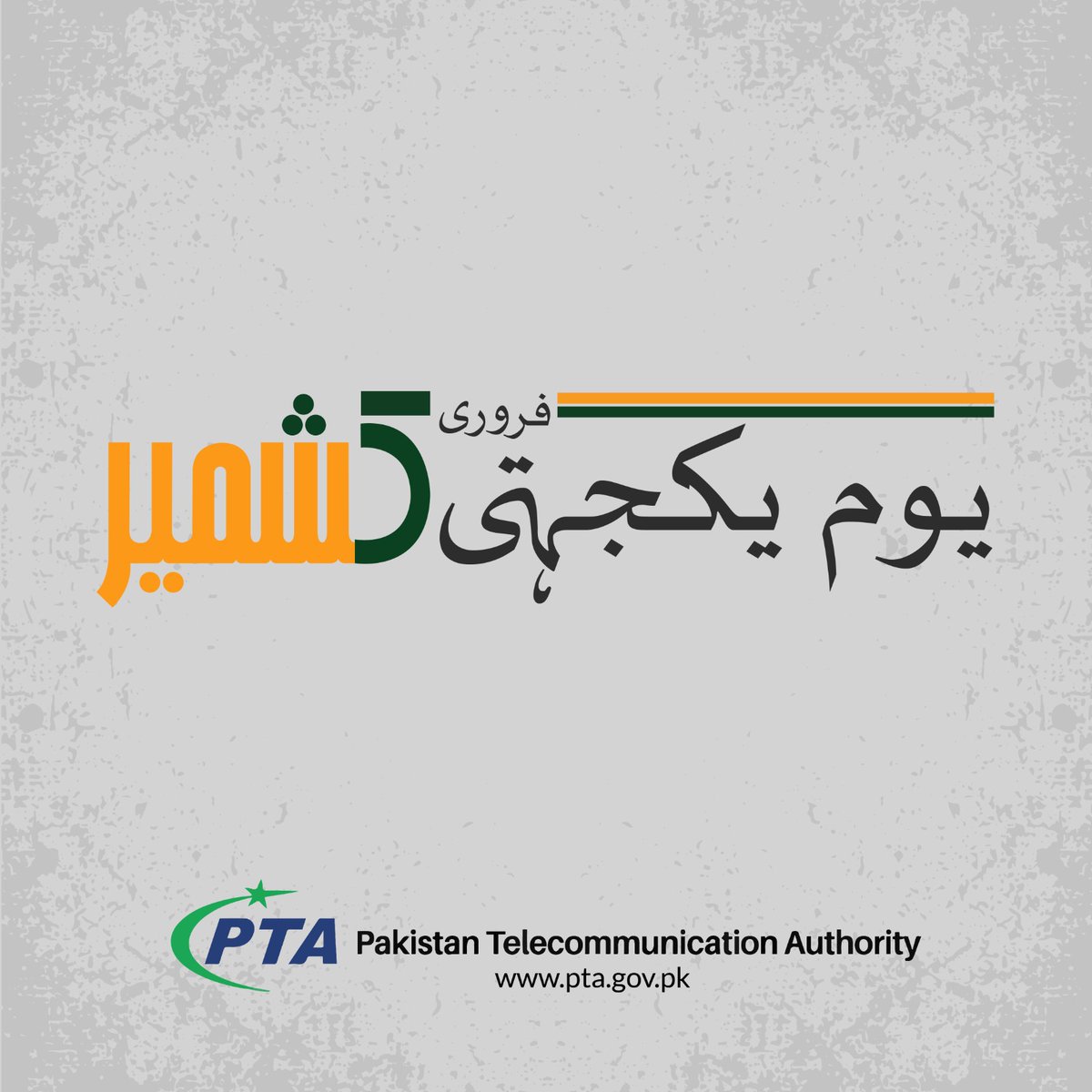Understanding And Implementing Corrections And Clarifications

Table of Contents
Identifying the Need for Corrections and Clarifications
Before implementing any corrections or clarifications, you must first identify the need. This involves recognizing inaccurate and ambiguous information.
Recognizing Inaccurate Information
Pinpointing errors requires a diligent approach. Methods for identifying inaccurate information include:
- Fact-checking: Cross-referencing information from multiple reputable sources is paramount. Verify claims using primary sources whenever possible. Don't rely solely on secondary sources.
- Peer review: Having colleagues review your work before publication can catch errors you might have missed. Different perspectives can highlight potential inaccuracies.
- Audience feedback: Actively solicit feedback from your audience through comments sections, contact forms, and social media. Pay close attention to feedback highlighting potential inaccuracies.
Examples of inaccurate information include:
- Misleading statistics: Presenting statistics out of context or using manipulated data.
- Outdated data: Relying on information that is no longer current or relevant.
- Factual errors: Simple mistakes in names, dates, figures, or other factual details.
Addressing Ambiguous Information
Ambiguous information is equally problematic. Unclear communication can lead to misinterpretations and confusion. Spotting ambiguous information involves:
- Identifying vague wording: Look for phrases that lack precision or have multiple possible interpretations.
- Recognizing unclear instructions: Instructions that are difficult to follow or leave room for misinterpretation.
- Detecting conflicting statements: Identify contradictions or inconsistencies within your communication.
Strategies for improving clarity include:
- Using precise language: Choose words carefully to avoid ambiguity.
- Providing clear definitions: Define any technical terms or jargon your audience might not understand.
- Simplifying complex concepts: Break down complex information into smaller, more easily digestible chunks.
- Considering your target audience: Tailor your communication to your audience's level of understanding.
Developing Effective Correction and Clarification Strategies
Once inaccuracies or ambiguities are identified, developing effective strategies for correction and clarification is key.
Crafting Corrections
Corrections should be prompt, transparent, and concise. Key elements include:
- Acknowledging the error: Clearly state that an error was made.
- Explaining the correction: Provide the correct information.
- Offering an apology (if appropriate): A sincere apology can go a long way in repairing trust.
When choosing a platform for issuing corrections, consider:
- Website updates: For errors on your website, update the relevant page directly.
- Press releases: For significant errors with wide-reaching implications, a press release might be necessary.
- Social media: If the error was publicized on social media, address it there as well.
Maintaining consistency across all platforms is critical. The message should be the same regardless of where it is communicated.
Implementing Clarifications
Clarifying ambiguous information requires careful attention to detail. Techniques include:
- Rephrasing sentences: Rewrite unclear sentences for better comprehension.
- Adding definitions: Define any unclear terms or concepts.
- Providing examples: Illustrate your points with relevant examples.
- Using visual aids: Graphs, charts, and images can enhance understanding.
- Ensuring consistency: Make sure your clarifications are consistent with previous communications.
Best Practices for Implementing Corrections and Clarifications
Best practices for effective corrections and clarifications emphasize transparency and accountability.
Maintaining Transparency and Accountability
Openly acknowledging errors and taking responsibility builds trust. This includes:
- Publicly acknowledging errors: Don't try to hide mistakes.
- Explaining the steps taken to prevent future errors: Show that you are learning from your mistakes.
- Demonstrating a commitment to accuracy: Reiterate your dedication to providing accurate information.
Measuring the Effectiveness of Corrections and Clarifications
Monitoring the impact of your corrections and clarifications is essential. Methods include:
- Monitoring feedback: Track comments and feedback from your audience.
- Tracking website traffic: Observe changes in website traffic after implementing corrections.
- Analyzing social media engagement: Monitor mentions and engagement on social media.
Key metrics to track include:
- Website traffic
- Social media mentions
- Customer satisfaction scores
Analyzing this data can help identify areas for improvement and refine future strategies.
Conclusion: Mastering Corrections and Clarifications for Enhanced Credibility
Understanding and implementing corrections and clarifications is vital for building and maintaining a strong reputation. By proactively addressing inaccuracies and ambiguities, you can foster trust, improve relationships, and enhance your credibility. We've explored methods for identifying errors, developing effective correction strategies, and measuring their impact. By understanding and implementing corrections and clarifications effectively, you can build a stronger reputation and foster greater trust with your audience. Start improving your accuracy and transparency today with these effective correction strategies and clarification best practices!

Featured Posts
-
 Nikki Burdine Exits Wkrn News 2 Morning Show After Seven Years
May 01, 2025
Nikki Burdine Exits Wkrn News 2 Morning Show After Seven Years
May 01, 2025 -
 The Impact Of Trumps Decision To Remove Doug Emhoff From The Holocaust Memorial Council
May 01, 2025
The Impact Of Trumps Decision To Remove Doug Emhoff From The Holocaust Memorial Council
May 01, 2025 -
 Kshmyr Ywm Ykjhty Hqwq Ky Jdwjhd Awr Ealmy Hmayt
May 01, 2025
Kshmyr Ywm Ykjhty Hqwq Ky Jdwjhd Awr Ealmy Hmayt
May 01, 2025 -
 Angels Season Starts With Injury And Walk Woes
May 01, 2025
Angels Season Starts With Injury And Walk Woes
May 01, 2025 -
 Haland Ysjl Wyqwd Trtyb Hdafy Aldwry Alinjlyzy
May 01, 2025
Haland Ysjl Wyqwd Trtyb Hdafy Aldwry Alinjlyzy
May 01, 2025
Latest Posts
-
 A Dallas Stars Death The End Of A Golden Age Of Television
May 02, 2025
A Dallas Stars Death The End Of A Golden Age Of Television
May 02, 2025 -
 Dallas Legacy Continues Remembering A Beloved Star
May 02, 2025
Dallas Legacy Continues Remembering A Beloved Star
May 02, 2025 -
 Loss In The World Of 80s Television A Dallas Star Dies
May 02, 2025
Loss In The World Of 80s Television A Dallas Star Dies
May 02, 2025 -
 The End Of An Era Another Dallas Star Passes Away
May 02, 2025
The End Of An Era Another Dallas Star Passes Away
May 02, 2025 -
 80s Soap Opera Icon Dies Remembering The Cast Of Dallas
May 02, 2025
80s Soap Opera Icon Dies Remembering The Cast Of Dallas
May 02, 2025
